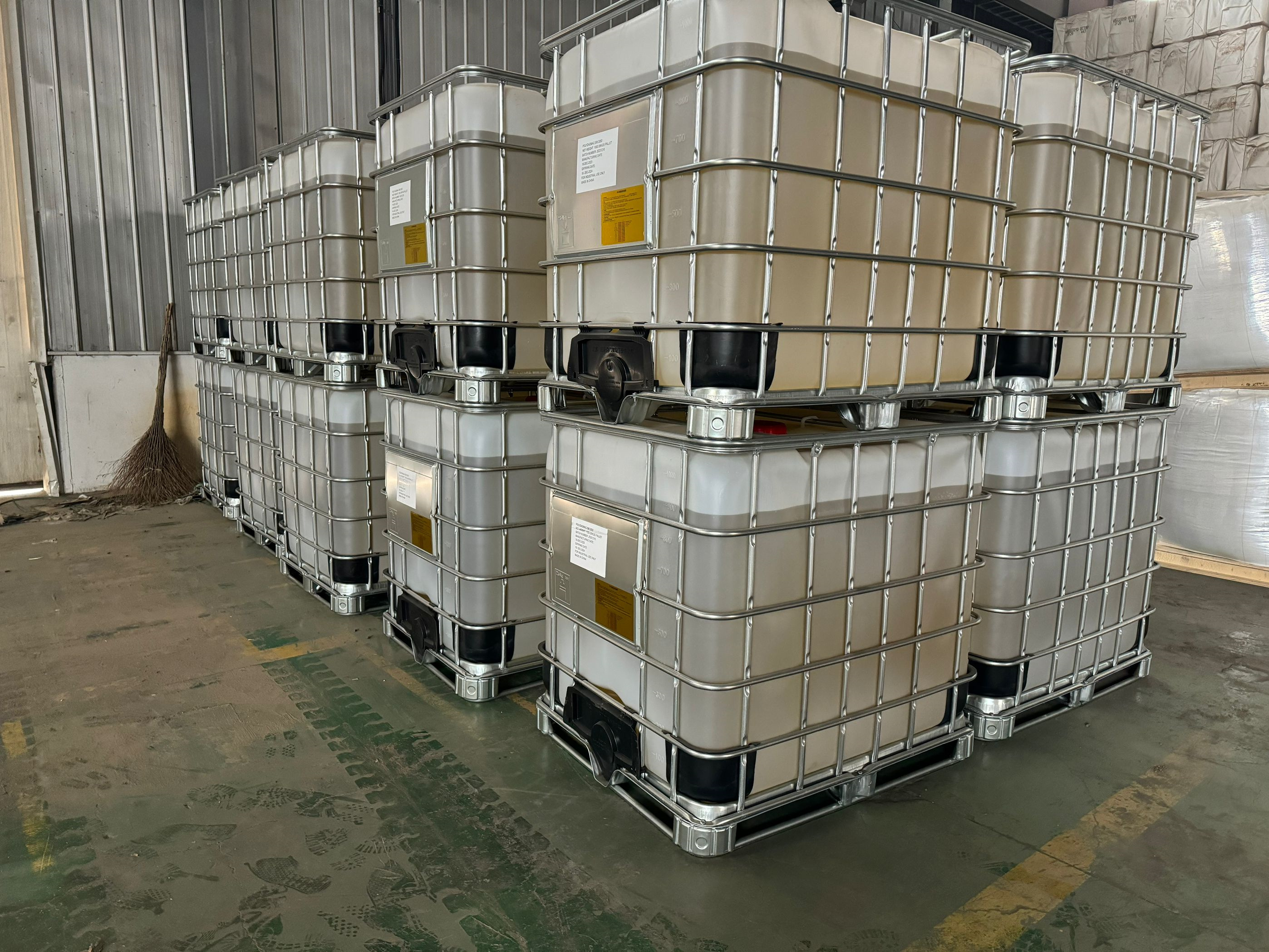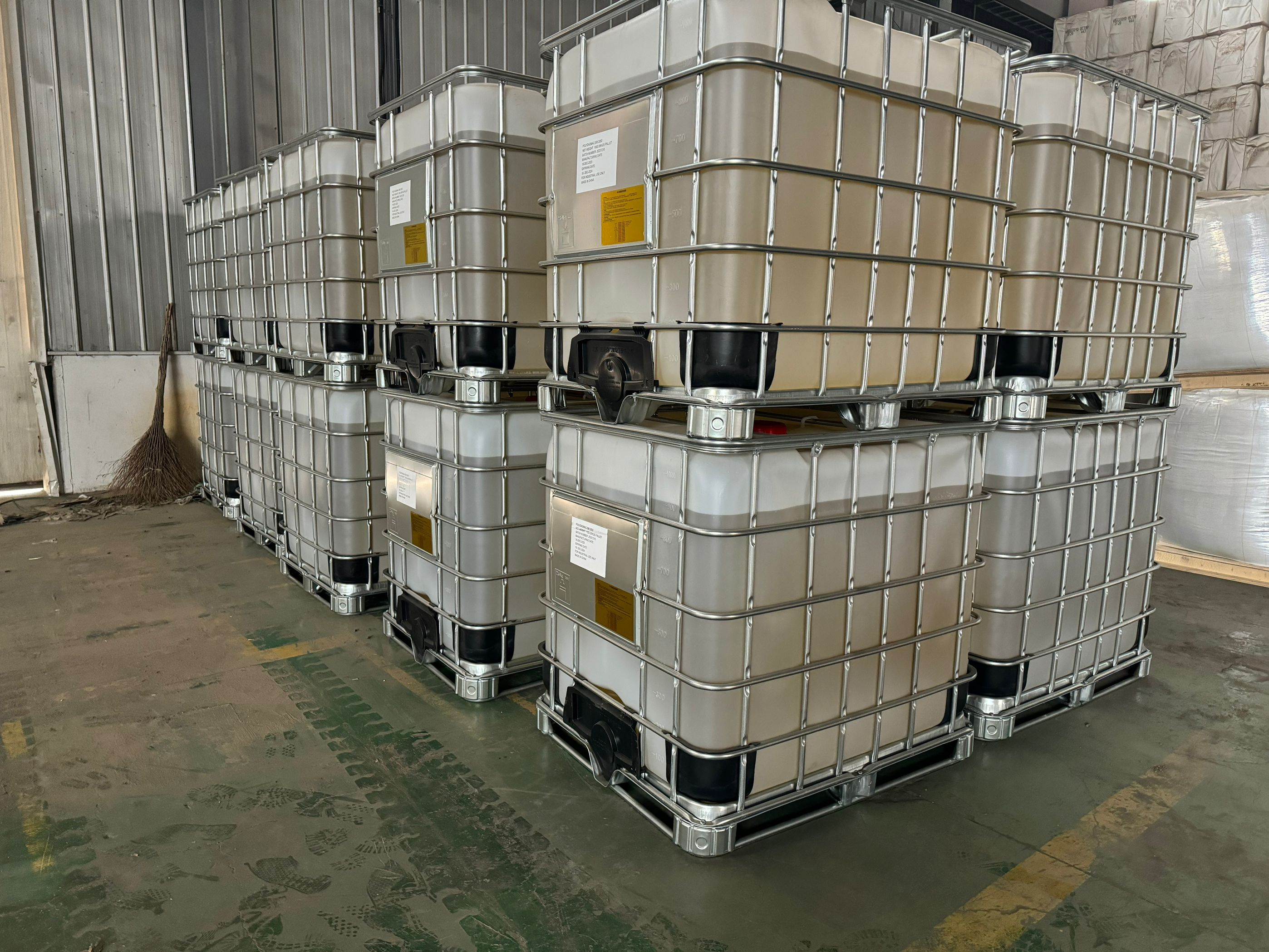anionic polyacrylamide servifloc 2540 can be replace by asiafloc A2520
Material
- am acrylic acid
Color
- white granular
Application
- water treatment ,mineral processing
Certificate
- ISO9001 ,ISO14001
Place of Origin
- China
Other Names
- PAM ,flocculant
CAS No
- 9003-05-8
Brand Name
- asiafloc
Usage
- water treatment ,mineral processing
anionic polyacrylamide servifloc 2540 can be replace by asiafloc A2520
servifloc 2540 is a kind of anionic polyacrylamide with very high molecular weight and high hydrolsis degree ,mainly used for water treatment and mineral processing, Chinafloc A2520 can replace of it with good performanace.
Anionic polyacrylamide (APAM) is a versatile polymer widely used in various industries due to its excellent flocculating, thickening, and stabilizing properties. This synthetic polymer, derived from acrylamide monomers, incorporates negatively charged carboxylate groups that enhance its performance in different applications. Here, we explore the main applications of anionic polyacrylamide, highlighting its utility and benefits across various sectors.
1. Water Treatment
One of the primary applications of anionic polyacrylamide is in water treatment processes. APAM is extensively used in municipal and industrial wastewater treatment facilities. Its flocculating properties enable the aggregation of suspended particles, making it easier to separate solids from liquids. By adding anionic polyacrylamide to the treatment process, operators can achieve higher clarity in treated water, reduce sludge volume, and enhance the efficiency of sedimentation and filtration processes. This is crucial for producing clean, safe water for human consumption and reducing environmental pollution.
2. Mining Industry
In the mining industry, anionic polyacrylamide is employed for solid-liquid separation processes. It aids in the clarification of tailing ponds and the dewatering of mineral concentrates. APAM helps in settling fine particles, thereby improving the recovery rate of valuable minerals and reducing the environmental impact of mining operations. Its use in flocculating fine particles enhances the efficiency of thickeners and clarifiers, contributing to more sustainable mining practices.
3. Oil and Gas Industry
Anionic polyacrylamide plays a significant role in the oil and gas industry, particularly in enhanced oil recovery (EOR) techniques. In polymer flooding, a type of EOR, APAM is injected into the oil reservoir to increase the viscosity of the injected water, improving the displacement of oil and enhancing recovery rates. Additionally, anionic polyacrylamide is used in drilling fluids to stabilize boreholes, reduce friction, and control fluid loss. Its properties make it an essential component in improving the efficiency and effectiveness of drilling and extraction operations.
4. Paper and Pulp Industry
The paper and pulp industry utilizes anionic polyacrylamide for its retention, drainage, and flocculation capabilities. In paper manufacturing, APAM is added to the pulp to improve the retention of fine particles and fillers, leading to higher paper quality and reduced raw material usage. It also enhances the drainage process, allowing for faster paper sheet formation and reduced energy consumption. Anionic polyacrylamide contributes to better product consistency and efficiency in paper production.
5. Agriculture
In agriculture, anionic polyacrylamide is used as a soil conditioner and erosion control agent. When applied to soil, APAM improves soil structure, increases water infiltration, and reduces surface runoff. This leads to enhanced crop growth and yield by promoting better root development and nutrient uptake. Additionally, anionic polyacrylamide helps in controlling soil erosion on slopes and agricultural fields, preventing the loss of valuable topsoil and maintaining soil fertility.
6. Textile Industry
The textile industry benefits from the use of anionic polyacrylamide in various stages of textile processing. APAM is used as a sizing agent to improve the strength and handling properties of yarns and fabrics during weaving. It also acts as a flocculant in textile wastewater treatment, aiding in the removal of dyes and other contaminants from effluents. By using anionic polyacrylamide, textile manufacturers can achieve better product quality and environmental compliance.
7. Food and Beverage Industry
In the food and beverage industry, anionic polyacrylamide is used as a clarifying agent. It helps in the purification of sugar juices, fruit juices, and other beverages by removing suspended solids and impurities. APAM improves the clarity and quality of the final product, ensuring compliance with food safety standards. Its use in the production process enhances efficiency and reduces waste, contributing to more sustainable food and beverage manufacturing.
8. Chemical Industry
The chemical industry utilizes anionic polyacrylamide in various manufacturing processes. It serves as a thickening agent, stabilizer, and dispersant in the production of adhesives, paints, and coatings. APAM improves the viscosity and stability of chemical formulations, enhancing product performance and shelf life. Its versatility makes it a valuable additive in the formulation of a wide range of chemical products.
9. Construction Industry
In the construction industry, anionic polyacrylamide is used in concrete admixtures to improve the workability and strength of concrete. APAM enhances the dispersion of cement particles, leading to better hydration and reduced water consumption. It also acts as a flocculant in the treatment of construction site runoff, helping to remove suspended solids and reduce environmental impact. The use of anionic polyacrylamide in construction contributes to better building quality and sustainability.
10. Cosmetics and Personal Care
Anionic polyacrylamide is used in the cosmetics and personal care industry as a thickening and stabilizing agent in various formulations, including lotions, creams, and shampoos. APAM improves the texture, consistency, and shelf life of cosmetic products. Its compatibility with other ingredients and its ability to provide a smooth, non-greasy feel make it a popular choice in personal care formulations.
Conclusion
Anionic polyacrylamide is a multifaceted polymer with a wide range of applications across various industries. Its flocculating, thickening, and stabilizing properties make it an indispensable tool in water treatment, mining, oil and gas, paper and pulp, agriculture, textiles, food and beverage, chemicals, construction, and cosmetics. The versatility and effectiveness of anionic polyacrylamide underscore its importance in enhancing efficiency, product quality, and sustainability in these sectors. As industries continue to seek innovative solutions for improving processes and reducing environmental impact, the role of anionic polyacrylamide is likely to expand, further solidifying its position as a critical component in modern industrial applications.






